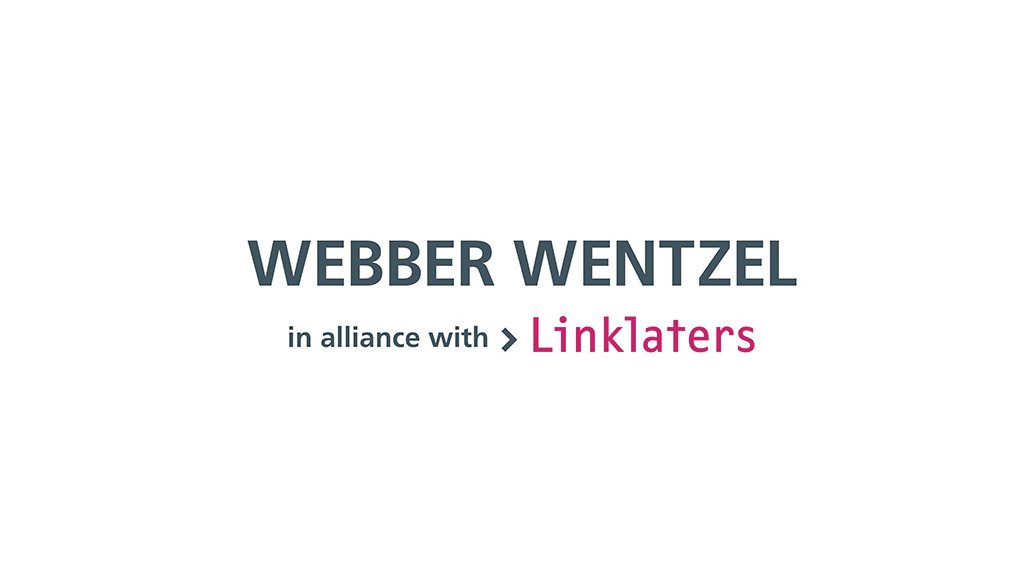Following on from a previous alert in relation to the restructuring of South Africa's Water Management Areas (WMAs) from 19 WMAs previously to a consolidated 8 WMAs currently (circulated on 30 September 2016), the Minister of the Department of Water and Sanitation (DWS) recently published the proposed Reserve determination of water resources for the Olifants-Doorn Catchment on 13 April 2017 and for the Olifants and Letaba Catchment on 22 September 2017.
This standardised determination of Reserves in South Africa is another key development in terms of finalising the water management structures of the country.
How are these Reserves determined in South Africa in terms of the National Water Act, 36 of 1998 (NWA)?
The Reserve consists of the basic human needs reserve and the ecological reserve. The basic human needs reserve provides for the essential needs of individuals served by the water resource in question and includes water for drinking, for food preparation and for personal hygiene. The ecological reserve relates to the water required to protect the aquatic ecosystems of the water resource. The Reserve refers to both the quantity and quality of the water in the resource, and will vary depending on the class of the resource.
The Minister is required to determine the Reserve for all or part of any significant water resource. If a resource has not yet been classified, a preliminary determination of the Reserve may be made and later superseded by the final Reserve.
Before determining the Reserve, the Minister must publish a notice in the Gazette setting out the proposed Reserve and invite written comments before publishing as final. Once the Reserve is determined for a water resource it is binding.
What does this mean?
In South Africa, there are currently no Gazetted and standardised determinations for the Reserves of each WMA. As a result, when applying for a water use licence the DWS is required to make a preliminary determination of the applicable Reserve in order to determine if there is enough water to grant such an applicant a water use licence in that WMA. This process is time consuming and is one of the factors that has resulted in the backlog of issuing water use licences.
The standardisation of Reserves would relieve the DWS of having to perform individual preliminary Reserve determinations for each water use licence.
We can only hope that the proposed Reserve determinations for the remaining WMAs will be published in due course and that these will be finalised and Gazetted in the near future, helping ensure the more efficient consideration and issuance of water use licences in South Africa.
EMAIL THIS ARTICLE SAVE THIS ARTICLE ARTICLE ENQUIRY
To subscribe email subscriptions@creamermedia.co.za or click here
To advertise email advertising@creamermedia.co.za or click here











